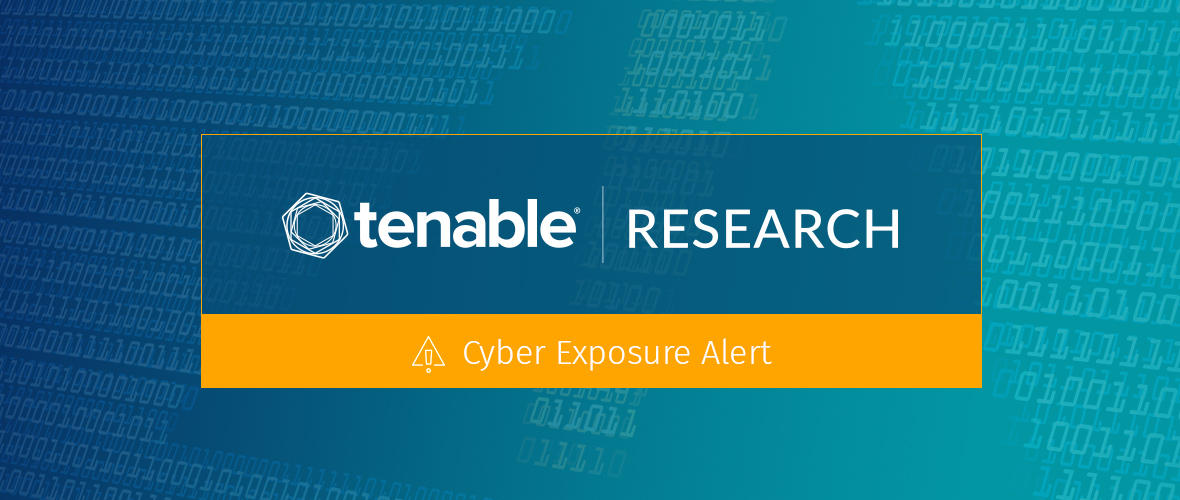Critical Cisco Vulnerabilities Across Multiple Products, Exploit Code for CVE-2019-1913 Reportedly Released

Cisco published new advisories for Integrated Management Controller (IMC) and Unified Computing System (UCS) Director, and updates for Small Business 220 Series Smart Switches that include the existence of public exploit code.
Background
On August 21, Cisco published 27 new advisories and updated six advisories across a variety of its products.
Analisi
Twelve of the advisories address vulnerabilities in Cisco Integrated Management Controller (IMC) used to manage Cisco Unified Computing System (UCS) C-Series Rack Servers and S-Series Storage Servers. Six advisories are for vulnerabilities affecting Cisco IMC Supervisor, Cisco UCS Director, and Cisco UCS Director Express for Big Data. Four of the six advisories are rated by Cisco as Critical.
| CVE | Prodotti | Impact | Type | CVSSv3 (Vendor) | Severity |
|---|---|---|---|---|---|
| CVE-2019-1938 | Cisco UCS Director and Cisco UCS Director Express for Big Data API | Authentication Bypass | Unauthenticated | 9.8 | Critical |
| CVE-2019-1935 | Cisco IMC Supervisor, Cisco UCS Director, and Cisco UCS Director Express for Big Data | User Default Credentials | Unauthenticated | 9.8 | Critical |
| CVE-2019-1937 | Cisco IMC Supervisor, Cisco UCS Director, and Cisco UCS Director Express for Big Data | Authentication Bypass | Unauthenticated | 9.8 | Critical |
| CVE-2019-1974 | Cisco IMC Supervisor, Cisco UCS Director, and Cisco UCS Director Express for Big Data | Authentication Bypass | Unauthenticated | 9.8 | Critical |
| CVE-2019-12634 | Cisco IMC Supervisor, Cisco UCS Director, and Cisco UCS Director Express for Big Data | Command Injection | Unauthenticated | 8.6 | Alto |
| CVE-2019-1936 | Cisco IMC Supervisor, Cisco UCS Director, and Cisco UCS Director Express for Big Data | Command Injection | Authenticated | 7.2 | Alto |
Five of the six vulnerabilities could be exploited by an unauthenticated, remote attacker sending specially crafted requests to a vulnerable system. CVE-2019-1936 can only be exploited by an authenticated, remote attacker who is capable of logging into the vulnerable management interface. However, with CVE-2019-1935, an attacker could exploit this vulnerability by using the ‘scpuser’ account. According to Cisco, this default account has “incorrect permission settings” and uses an “undocumented default password” to log into a vulnerable system. Tenable has not yet confirmed whether use of the scpuser account would allow an attacker to exploit CVE-2019-1936.
Cisco also patched several additional IMC vulnerabilities this month.
| CVE | Impact | CVSSv3 | Severity |
|---|---|---|---|
| CVE-2019-1907 | Escalation dei privilegi | 8.8 | Alto |
| CVE-2019-1865 | Command Injection | 8.8 | Alto |
| CVE-2019-1864 | Command Injection | 8.8 | Alto |
| CVE-2019-1900 | Denial of Service | 7.5 | Alto |
| CVE-2019-1908 | Information Disclosure | 7.5 | Alto |
| CVE-2019-1896 | Command Injection | 7.2 | Alto |
| CVE-2019-1885 | Command Injection | 7.2 | Alto |
| CVE-2019-1634 | Command Injection | 7.2 | Alto |
| CVE-2019-1850 | Command Injection | 7.2 | Alto |
| CVE-2019-1871 | Buffer Overflow | 7.2 | Alto |
| CVE-2019-1883 | Command Injection | 7.0 | Alto |
| CVE-2019-1863 | Escalation dei privilegi | 6.5 | Alto |
In addition to these new advisories, Cisco released several updates for previously published advisories. This includes updates to the recently reported vulnerabilities in the Cisco Small Business 220 Series Smart Switches from August 6.
| CVE | Impact | CVSSv3 | Tenable VPR | Severity |
|---|---|---|---|---|
| CVE-2019-1913 | Remote Code Execution | 9.8 | 8.9 | Critical |
| CVE-2019-1912 | Authentication Bypass | 9.1 | 8.3 | Critical |
| CVE-2019-1914 | Command Injection | 7.2 | 8.6 | Medium |
Two of the three 220 Series Smart Switches vulnerabilities are rated as Critical and exist within the web management interface of these devices. Sending specially crafted requests to the vulnerable interface could allow a remote attacker to execute arbitrary code (CVE-2019-1913) or modify the device configuration (CVE-2019-1912). CVE-2019-1914 requires an attacker to be authenticated on a vulnerable interface and have level 15 permissions.
Additionally, Cisco updated its advisory for CVE-2019-1649, the Secure Boot Hardware Tampering Vulnerability known as Thrangrycat, to account for additional vulnerable products.
Proof of concept
Cisco’s Product Security Incident Response Team (PSIRT) notes in the updated advisories for the Small Business 220 Series Smart Switches that they are aware of the presence of public exploit code for these devices. However, at the time this blog post was published, Tenable has not identified a proof of concept (PoC) for these vulnerabilities.
Soluzione
Cisco has released updates for each of the affected products. The affected versions and relevant fixed versions can be found under the advisory pages. Customers should obtain and install these updates as soon as possible.
Identifying affected systems
A list of Tenable plugins to identify these vulnerabilities will appear here as they’re released.
Get more information
Join Tenable's Security Response Team on the Tenable Community.
Learn more about Tenable, the first Cyber Exposure platform for holistic management of your modern attack surface.
Get a free 60-day trial of Tenable.io Vulnerability Management.
